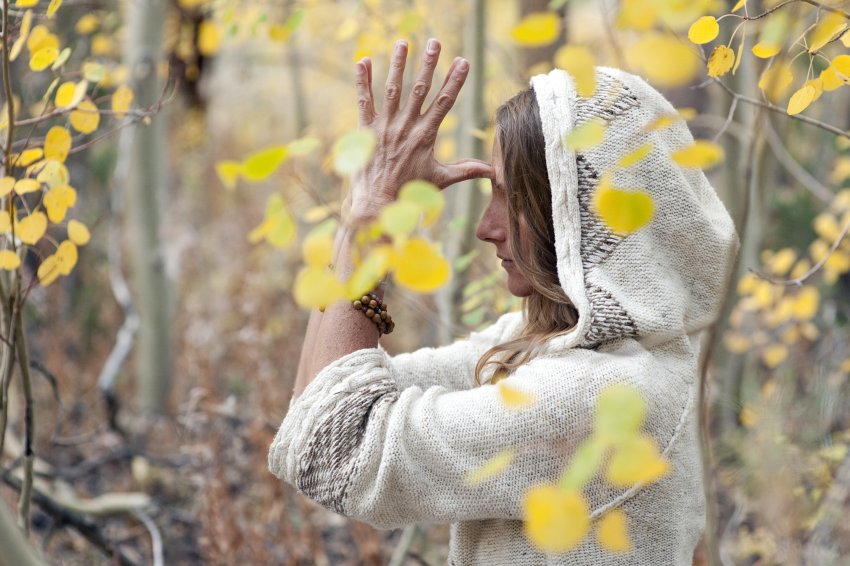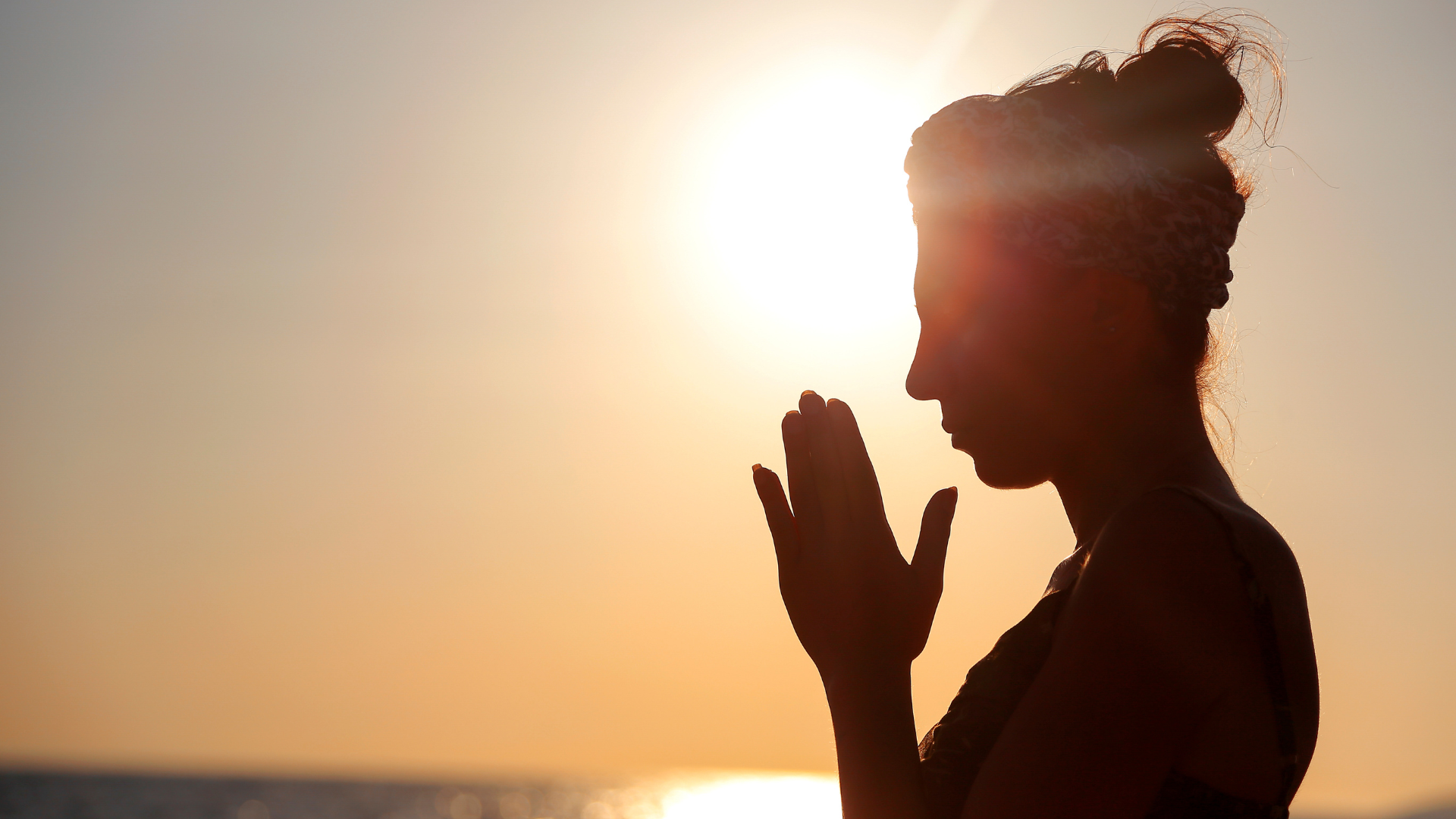View basket (0 items $0.00)

How to Start a Daily Gratitude Practice - 6 Useful Tips
Want to sleep better, enjoy more fulfilling relationships, experience more positive emotions, greater life satisfaction, and lower levels of depression and stress?
Introduce a daily gratitude practice. Gratitude has a powerful effect on our health and well-being, research shows. In fact, at the University of California, Davis, an entire lab is devoted to research on measuring gratitude and its effects headed by Dr. Robert Emmons.
Based on his research, people who feel more gratitude feel more optimistic, achieve their goals, sleep better, have more fulfilling relationships, and exercise more often. They experience more positive emotions, greater life satisfaction, more vitality, optimism, and lower levels of depression and stress. And that makes life more fun.
Here are Six Simple Ways Recommended to Start Your Own Daily Gratitude Practice:

-
Schedule a daily gratitude break. Set the alarm on your cell phone and take a moment to find what you feel grateful for. It only takes a moment and can be an instant pick-me-up.
-
Start a gratitude list. Get a special journal, notebook, or notepad, or open a new document labeled gratitude. You’ll be surprised at how much you have to be grateful for. The list makes you feel good, but reading it will provide perspective if times are hard.
-
Go to church. Find a religious or spiritual service that suits you, and attend regularly. Dr. Emmon’s research shows that people who go to church experience more gratefulness. Not only is expressing gratitude part of many church services, but the church also provides a like-minded and supportive social network that gives participants much to be thankful for.
-
Share your gratitude. Dr. Emmons’ studies show that people with a greater disposition towards gratitude are rated by others as having more empathy, generosity, and helpfulness. Expressing to others what you are grateful for lifts their spirits and your own and inspires gratitude in others. Include expressions of gratitude in family or friendly gatherings too.
-
See the giver behind the gift. Kim Ridley, writing on beliefnet.com about the transformative power of gratitude, asked Dr. Emmons to suggest gratitude practices. One of the practices he suggested was to focus each day on a person who benefits you: a bank teller, grocery bagger, cook, friend, or spouse.
-
Bow. Express your gratitude physically. Ridley also interviewed Nancy Hathaway, a family mindfulness consultant, who suggested this practice. After all, gratitude is not just mental. It comes from spontaneous feelings rising from deep within. Yoga asanas, bowing, the Namaste expression, religious observances, and expressions of affection are all ways that we can embody, integrate, and express feelings of gratitude.

Dr. Emmons says that although religious and spiritual institutions have long understood the power of gratitude, the scientific world is just discovering its efficacy. His studies focus on developing methods to cultivate gratitude and developing a reliable measure to assess differences in a person’s disposition towards gratitude. According to Dr. Emmons, gratitude practices enhance pleasant feeling states rather than diminishing unpleasant emotions.
As a mother of four children, I often told my children it’s not what happens to them that matters, but how they respond to it. As complex human beings, we can feel many things at once. Why not add gratitude to the list?
This article was adapted from Stacy Slawitsky's "Fun Ways to Start a Daily Gratitude Practice" on the Huffington Post.
Featured Courses









